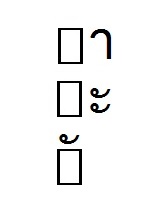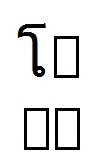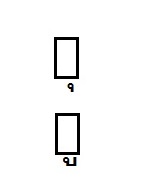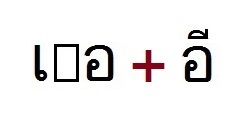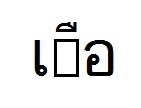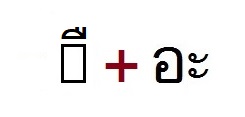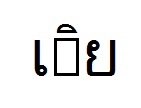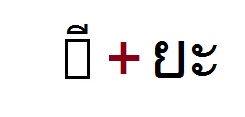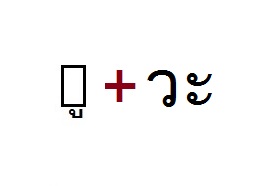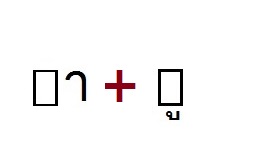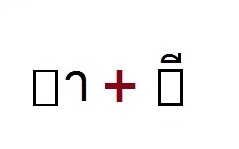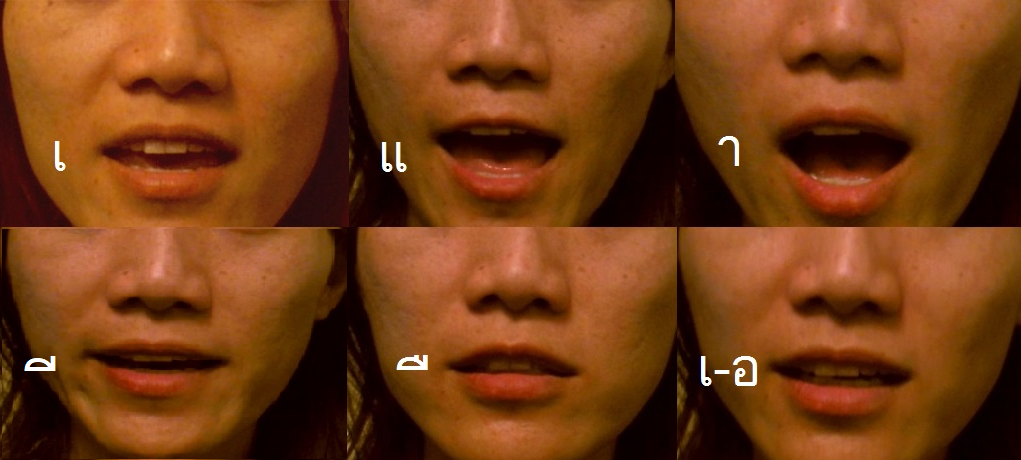“Spacer” vowels
Basically, for two-letter words with no vowel, the vowel is understood or implied to be the short “o” vowel. (It’s not the “o” as in “on” and it’s not the “o” as in “no”. It’s the short version of the vowel in “short”. There is no equivalent in English, but if you say “o”in “or” and cut it really short then that will be the sound you want.
So here are some examples that you can probably already recognize:
– ผม – I (for a male)
– หก – six
– สด – fresh
– ตด – fart
– หมด – used up; completely (note that ห is just used to change the sex of ม, it makes no sound of its own)
The last one is still a “two-letter” word! The ห is just there to change the sex of ม from a ladyboy into a girl. Another way you can think of it is that the first consonant (reading from left to right) is what determines the “sex” of the entire syllable.
Now what about the multiple syllable words?
Well, strictly speaking, they’re still single syllable words. These are usually foreign-derived words (from English or Pali) that cannot be easily pronounced by Thais – like “stamp”. So they add a kind of “spacer” or “breather” sound… an “a” (like the “a” in “pizza” or the “u” in “up). So “stamp” becomes “sa-tamp” and “steak” becomes “sa-tehk” and “tnon” (street) becomes “ta-non”. (Can you say “tnon” as a single syllable???)
So if there is no vowel written anywhere in a 3- or 4-letter word then very likely it’s one of those words that have two consonants fused together like Siamese Twins in the beginning and then the invisible “o” vowel in the middle.
ขนม is a good example of this.
This is actually the two letters ขน fused together to form the unpronounceable sound “cn” followed by an ม. So as there’s no vowel written, it’s the implied “o” sound. And the word – which should be “cnom” becomes pronounced as “canom”.
There are several examples of this in Thai, where two fused-together letters are “spaced out” by inserting a short “a” sound, like:
– ตลาด tlaahd = ta-laahd
– สวัสดี swas dee = sa-was dee [s signifies that the “s” isn’t enunciated, so sounds almost like a strangled “t”]
– สบาย sbaai = sa-baai
In all other cases (where two consonant letters are fused together), you can either say them as written or – very often in colloquial speech – simply drop the second consonant entirely, as in :
– ครับ krab or kab
– ปลา bplaa or bpaa






